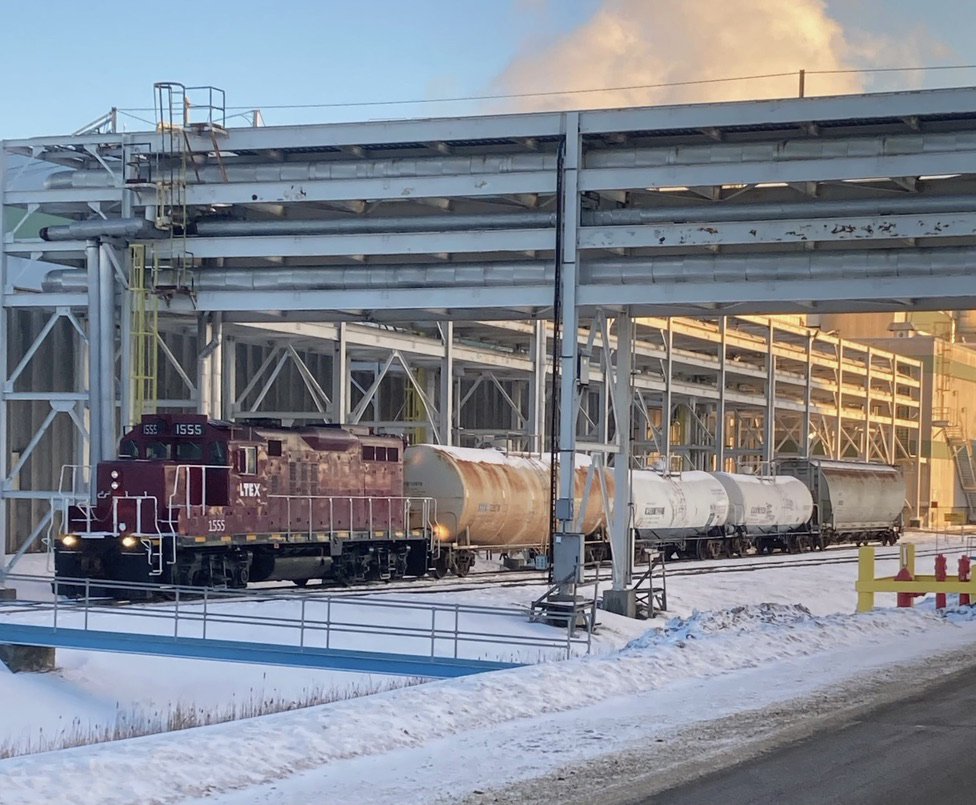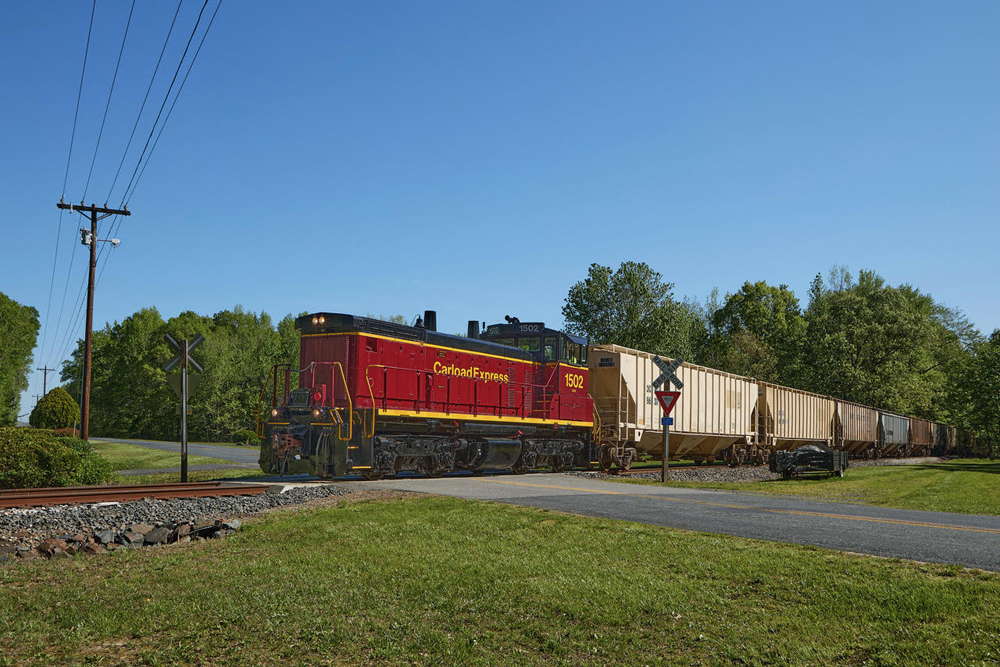
“We are clearly seeing a recovery happening,” Chief Financial Officer Ghislain Houle told an investor conference on Thursday.
Last week the railway’s domestic intermodal volume was up 30%, international intermodal gained 19%, Canadian grain was up 30%, and lumber and frac sand also grew compared to the same week a year ago, Houle says.
“Frankly, at this point we have good demand. I would say that we’re essentially not even moving everything that we could move,” Houle says. “We are calling back people. But this is a good story. This is a good problem to have.”
The comparisons to last year are skewed by Labor Day, which fell last week in 2019. Nonetheless, CN’s volumes have been growing from week to week since bottoming out in May.
CN has called back nearly 2,000 furloughed train and engine employees, activated 500 stored locomotives, and returned 15,000 idled railcars to service, Chief Operating Officer Rob Reilly says.
Canada is expecting this year’s grain crop to be around 80 million metric tons, topping the record 77 million metric tons from 2013-14. CN has set Canadian grain volume records for six straight months, Reilly says, and the railway will have enough crews, power, and main line capacity to handle this year’s crop.
CN is taking delivery of 1,500 new high-capacity grain hoppers, Reilly notes, and a pair of new high-capacity grain terminals in Vancouver will boost export capacity.
International intermodal volume through the Port of Prince Rupert, British Columbia, is running near the container terminal’s annual maximum capacity of 1.35 million twenty-foot equivalent units, Houle says.
Houle and Reilly spoke at the Cowen 2020 Global Transportation & Sustainable Mobility Conference.













